
OR
Scientists worry that Kathmandu is still one of the most polluted cities
Published On: May 17, 2021 06:57 PM NPT By: SHREE RAM SUBEDI
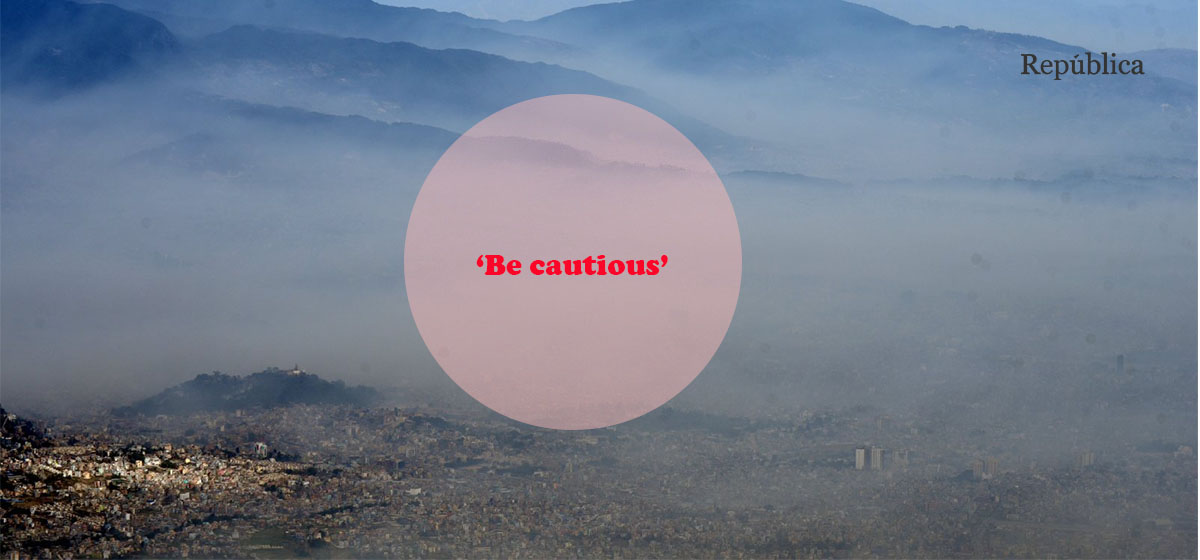
KATHMANDU, May 17: Vehicular emissions are one of the key contributors to Kathmandu’s air pollution. Thanks to the lockdown aimed at containing the raging COVID-19 Pandemic, the vehicular movement is almost non-existent for the past three weeks. Brick kilns, numbering around 100 in the Valley--another major source of air pollution, are not operational. Among others, vehicular emissions, emissions from brick kilns and other industries and burning of waste materials are considered responsible for Kathmandu’s toxic air.
In recent weeks, the Valley has witnessed a lower level of air pollution. The ongoing lockdown across the country means there is very little movement of vehicles. Despite all this, Kathmandu is still among the top 10 polluted cities in the world. According to IQair operated Airvisual, a real-time air quality information global platform, Kathmandu is the world's third most polluted city, with its Air Quality Index(AQI) of 146.
An index for reporting daily air quality(AQI) is an aggregate measure of ground level ozone, sulphur dioxide, carbon monoxide, nitrong dioxide along with PM2.5 and PM10 over a specified average period. On Monday morning, New Delhi was the world's most polluted city with an AQI reading of 196, followed by Santiago, Chile with its AQI reading of 154. AQI level less than 50 is considered healthy. Higher the AQI level, higher is the concern for public health. From 0 to 500, the rise in AQI level is directly proportional to the public health concerns.
Kathmandu, with its AQI reading crossing 300, remained the most polluted city in the world during the last week of March as wildfires engulfed dozens of districts across the country. Kathmanduites were choked by the toxic air, causing sore throat and irritation in eyes and nose. Schools were shut down for a few days due to the alarming air pollution. According to the State of Global Air-2020 report , air pollution caused an estimated death of 42,100 people in Nepal in 2019. A separate study done by the WHO in 2016 estimated a total of 10,000 deaths in Kathmandu alone.
According to the Department of Environment's air quality monitoring, PM2.5 has reached 83.44 microgram per cubic meter at 6AM Monday in Ratnapark, Kathmandu. However, the 24 hours average value for PM2.5 was 41.44 microgram per cubic meter. Particles with a diameter of 2.5 microns or less (PM2.5) can penetrate the lung barrier and enter the blood systems, according to the WHO. Chronic exposures to such particles contribute to the risk of developing cardiovascular and respiratory diseases, as well as lung cancer. According to Nepal's National Ambient Air Quality Standard, NAAQS (2012), the 24-hour average national standard for PM2.5 is 40 microgram per cubic meter for healthy air while it is 25 microgram per cubic meter as per the standard set by the WHO.
With Kathmandu as one of the world's most polluted cities even during lockdown, a valid question is arising. Did we overtly focus on vehicular and brick kilns emission without understanding external dynamics that played a major role in the Valley’s pollution? Experts and officials are concerned as Kathmandu remained in the top list for a bad reason, despite a good wind movement, some rain and lockdown. They argue for a continuous and extensive study on the source of pollution to find out the answer.
"Kathmandu’s current pollution levels point to external factors along with locally generated pollution," said Indu Bikram Joshi, deputy director general and spokesperson at the Department of Environment, under the Ministry of Forest and Environment. He informed that the department is carrying out a long-term study to find out the sources and nature of pollution in the valley. " It would take one to two years to come up with the results," he said.
Kathmandu valley is surrounded by hills, forming a bowl-shaped topography, which restricts wind movement and retains the pollution for a long period. The situation turns deadly in winter when the thermal inversion occurs in the Valley during late night and early mornings. Experts argue that the cold air flowing down from the mountains is trapped under a layer of warmer air and acts as a lid, creating a trap for pollutants close to the ground for an extended period of time.
Dr Sheila Maskey Vaidya, head of environment department at Patan Multiple Campus highlights the need for a scientific study of air mass to find out the source and structure of air particles.
"We have prioritized emissions from vehicle and brick industries. We need to carry out extensive and regular study to unveil the answer," said Dr Vaidhya, who has a Ph.D. in sources of pollution from South Korea.
A 72-hour air mass backward trajectories study was done from March 26 to April 6, 2021, at an altitude of 500, 1000, and 1500 meters above the ground level in Bhaisepati, Lalitpur. The study was done immediately after the onset of wildfires in various parts of the country, resulting in higher AQI.
Dr Vaidhya was amazed to find the results.
"From March 26 to April 2, the air mass arrived at the sampling site travelling from the North West transboundary of Nepal, including Afghanistan, Tajikistan, Pakistan and India. Whereas from April 4 to April 6, 2021, the air mass seems to have either originated or stagnated within the atmosphere of Kathmandu valley, " she said.
Referring to Kathmandu’s as the most polluted city, she reasoned that there could be other factors. "How to do source apportionment of air pollutants scientifically? The composition of the air pollutants along with backward air mass trajectories are needed to be identified so as to find out the source of pollution in the Valley," she said.
Deputy director general at the Department of Environment, Dr Joshi related the pollution to the current COVID-19 pandemic. " As pandemic cannot be controlled from a single place or region or effort, pollution traverses the geographic boundaries. Countries should work together to contain it.”
You May Like This
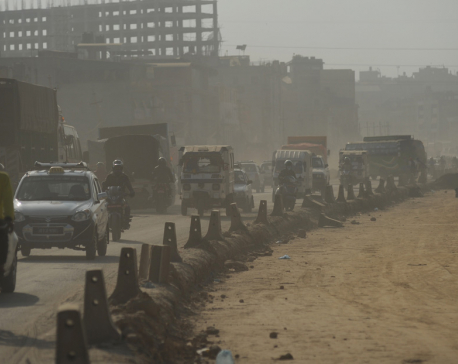
Combating air pollution in Kathmandu Valley
The recent news that Kathmandu tops the list of the most polluted cities in the world is a matter of... Read More...
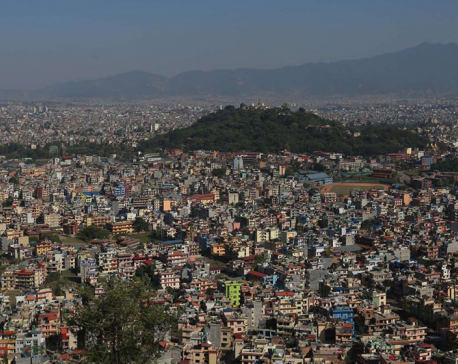
Prohibitory orders in Kathmandu Valley extended by 10 days, to be effective till mid-night of June 14
KATHMANDU, June 2: The ongoing prohibitory orders in the Kathmandu Valley have been extended by 10 days. ... Read More...

New action plan against Valley air pollution proposes drastic measures
KATHMANDU, Jan 10: With the air pollution levels in Kathmandu Valley skyrocketing during winter, it looks like the government is... Read More...




Just In
- ‘Precast' technology introduced in the construction of bridges along Muglin-Pokhara road
- SC rejects writ petition filed against Home Minister Lamichhane
- Nepal and China sign two agreements in the presence of Finance Minister Pun
- Pun released on bail in Supreme Cooperative fraud case
- Govt should not look for enforcing populist budget for next FY: Former finance ministers
- DoFE requests relevant parties to provide essential facilities to foreign workers traveling abroad
- Foundation stone laid for building a school in Darchula with Indian financial assistance
- 151 projects to be showcased for FDI in Third Investment Summit









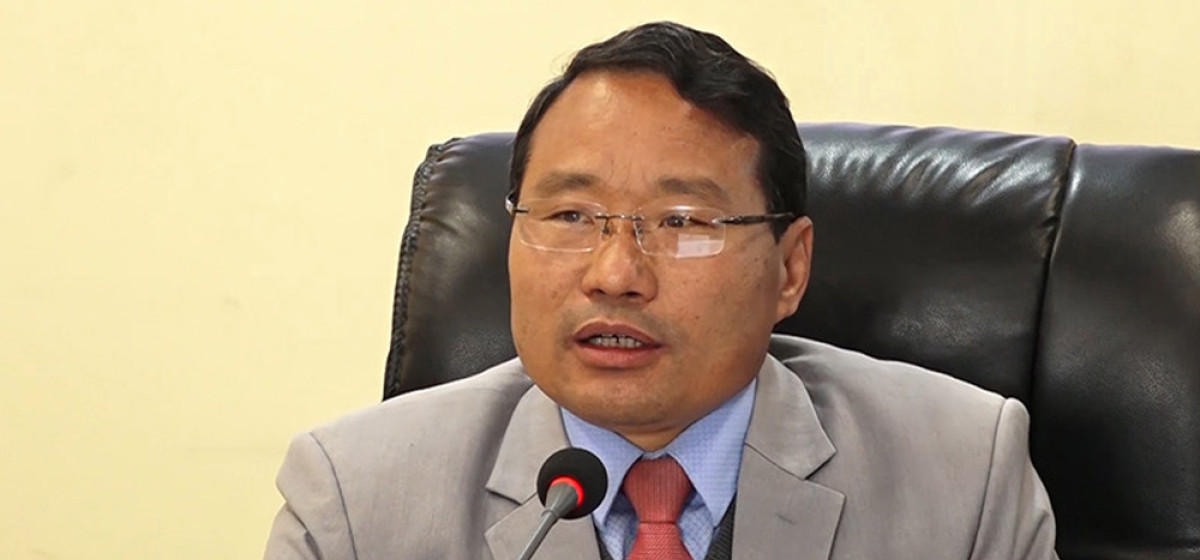


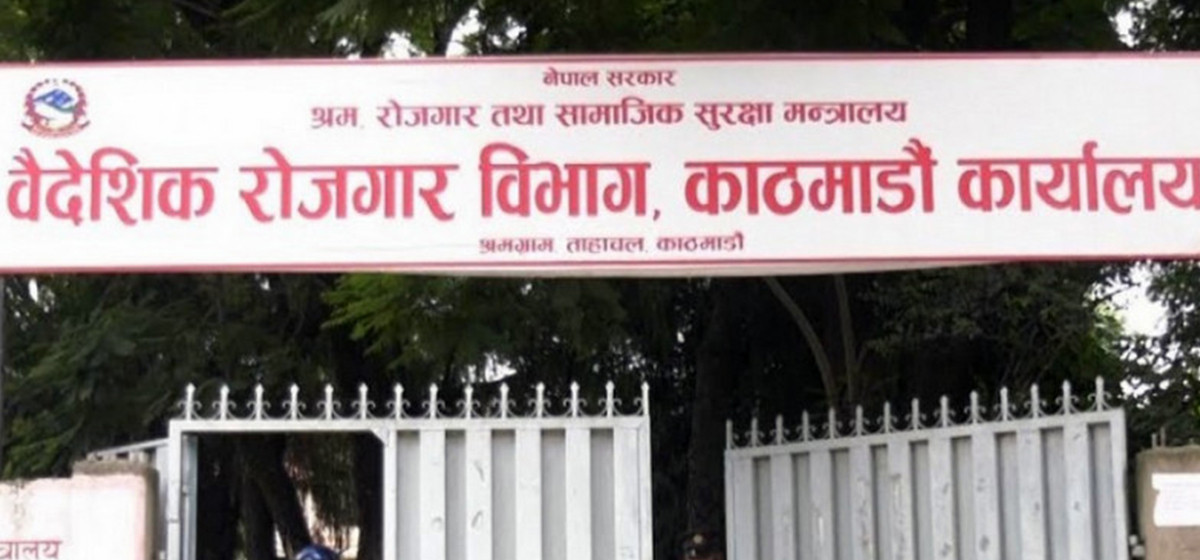
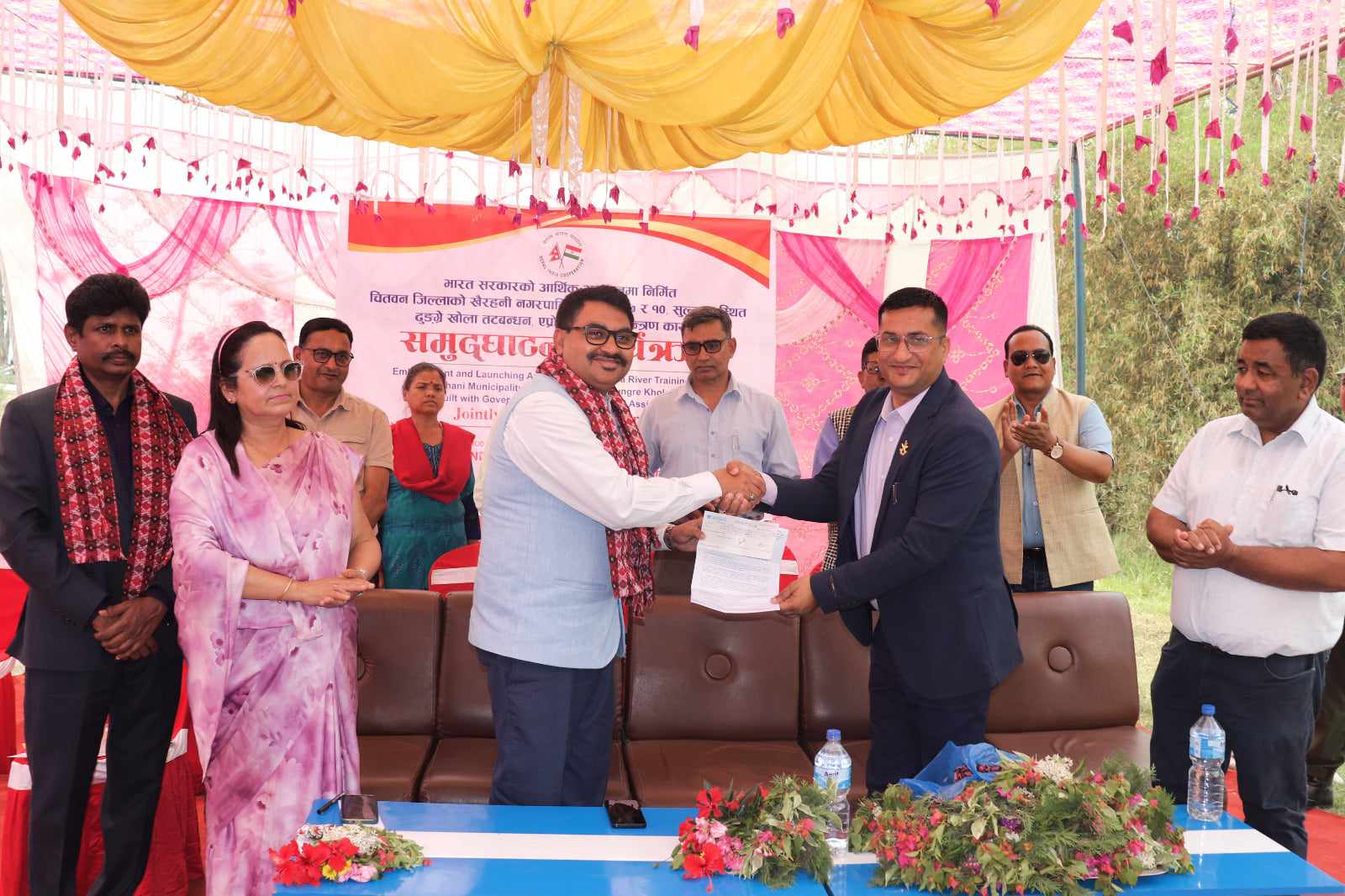

Leave A Comment